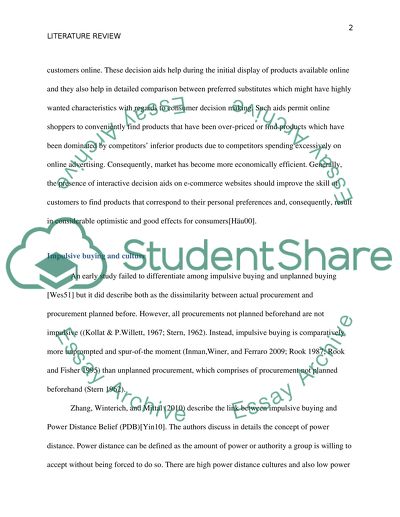Cite this document
(“Understanding the Consumer Assignment Essay Example | Topics and Well Written Essays - 2250 words”, n.d.)
Understanding the Consumer Assignment Essay Example | Topics and Well Written Essays - 2250 words. Retrieved from https://studentshare.org/marketing/1402389-understanding-the-consumer-assignment
Understanding the Consumer Assignment Essay Example | Topics and Well Written Essays - 2250 words. Retrieved from https://studentshare.org/marketing/1402389-understanding-the-consumer-assignment
(Understanding the Consumer Assignment Essay Example | Topics and Well Written Essays - 2250 Words)
Understanding the Consumer Assignment Essay Example | Topics and Well Written Essays - 2250 Words. https://studentshare.org/marketing/1402389-understanding-the-consumer-assignment.
Understanding the Consumer Assignment Essay Example | Topics and Well Written Essays - 2250 Words. https://studentshare.org/marketing/1402389-understanding-the-consumer-assignment.
“Understanding the Consumer Assignment Essay Example | Topics and Well Written Essays - 2250 Words”, n.d. https://studentshare.org/marketing/1402389-understanding-the-consumer-assignment.


